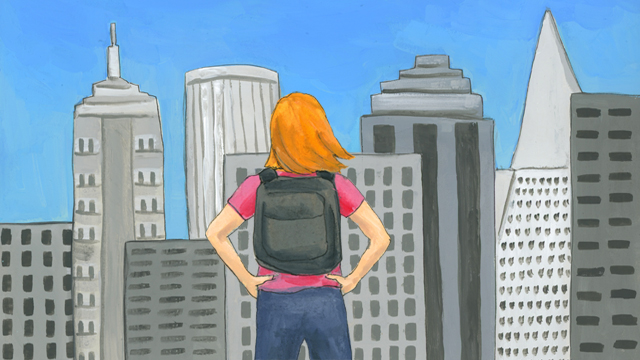
Preparing students to be “college and career ready” is a catch phrase in many schools, but those same institutions often block large swaths of the internet in an attempt to protect students from acting inappropriately online. While well-intentioned, blocking useful digital tools prevents educators from guiding students through appropriate online behavior while still in the relative safety of school. College and job recruiters are seeking students who are creative problem solvers, collaborative workers and independent thinkers, but in many cases, rules prevent students from practicing those skills online.
“When you try to use a computer in a school, it’s shocking what is blocked,” said Michelle Luhtala, head librarian at New Caanan High School in Connecticut during an edWeb webinar. “That is not 21st century learning.” Luhtala doesn’t believe schools can make good on their promise to prepare kids for the world that awaits them outside school walls if they don’t first prepare them to use the tools to operate online in safe ways. She acknowledges that letting students direct their own learning in virtual spaces can be scary and that it takes a lot of trust.
In many ways, trust underlies much of what happens in school each day. The job of helping young people grow into well-educated and independent adults rests upon the relationship between teachers and students, teachers and their administrators, the community and its school staff. And yet many of the rules governing schools are about control. Psychologist David DeSteno explores the tension between risk and reward inherent in trust in his book "The Truth About Trust: How It Determines Success in Life, Love, Learning and More." Maria Popova summarizes some of the key points in Brain Pickings.
"At the most basic level, the need to trust implies one fundamental fact: you're vulnerable," DeSteno writes. "The ability to satisfy your needs or obtain the outcomes you desire is not entirely under your control." That loss of control is part of what intimidates educators, who have been conditioned to take responsibility for the learning of their students, no matter what.
"Trust, then, is simply a bet, and like all bets, it contains an element of risk," DeSteno writes. Removing filters, changing device policies and empowering teachers to try new things in the classroom require the kind of risk that DeSteno says makes humans uncomfortable.

